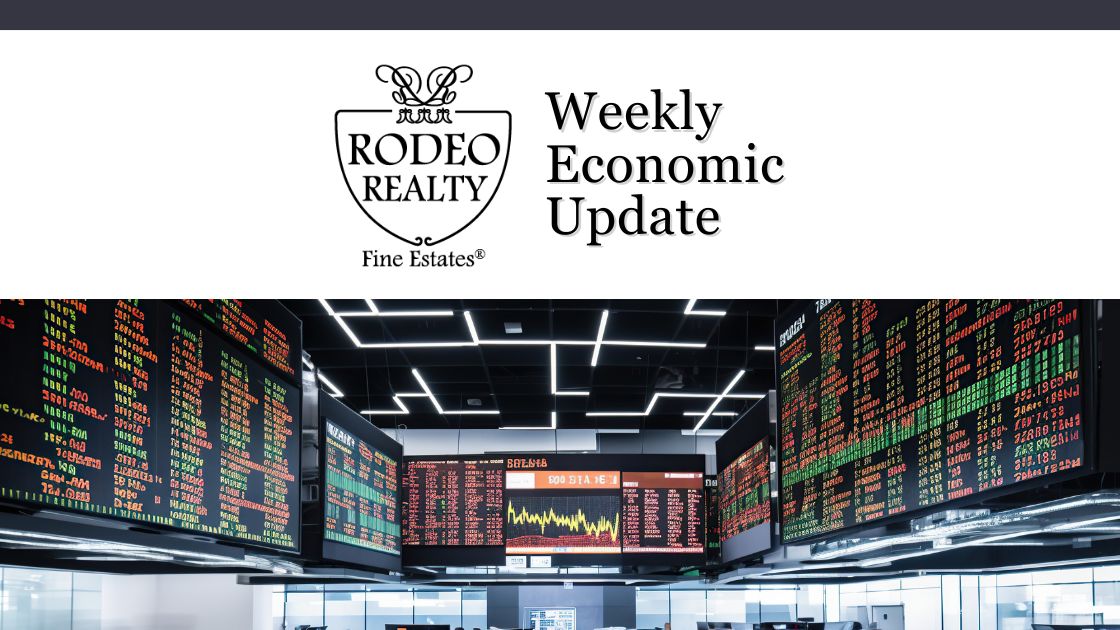| Stock markets posted their best week since June – Stock markets ended the week with solid gains as economic data pointed to a potential slowdown in the economy. Investors are in the “bad news is good news” mode. After weeks of solid economic data that sent bond yields and mortgage rates to 20-year high levels, this week’s data pointed to some slowing. The second quarter GDP (Gross Domestic Product), the broadest indicator of economic growth, was revised downward from its initial reading of 2.4% annual growth to 2.1% annual growth. While the number of new jobs created in August was slightly above expectations, the unemployment rate increased, and consumer confidence dropped unexpectedly. The Dow Jones Industrial Average closed the week at 34,837.71, up 1.4% from 34,346.90 last week. It is up 5.1% year-to-date. The S&P 500 closed the week at 4,515.77, up 2.5% from 4,405.71 last week. It is up 17.6% year-to-date. The Nasdaq closed the week at 14,031.81, up 3.3% from 13,590.65 last week. It is up 34.1% year-to-date.
U.S. Treasury bond yields – The 10-year treasury bond closed the week yielding 4.18% almost unchanged from 4.25% last week. The 30-year treasury bond yield ended the week at 4.29%, almost unchanged from 4.30% last week. We watch bond yields because mortgage rates follow bond yields. Mortgage rates – The Freddie Mac Primary Mortgage Survey reported that mortgage rates for the most popular loan products as of August 31, 2023, were as follows: The 30-year fixed mortgage rate was 7.18%, down from 7.25% last week. The 15-year fixed was 6.11% down from 6.55% last week. Job growth was strong in August, but the unemployment rate increased – The Department of Labor and Statistics reported that 187,000 new full-time jobs were added in August. That was in line with economists’ expectations. While roughly the same number of new jobs were created as reported in July, July was revised downward by 30,000 to 157,000 today. The unemployment rate increased to 3.8% in August, up from 3.5% in July, its lowest level in almost 60 years, as more workers entered the workforce. Average hourly wages increased 4.4% from one year ago, unchanged from the previous month. The labor-force participation rate (the share of workers with a job or actively looking for a job) was 62.8%, up from 62.6% in July. Experts feel that perhaps people’s COVID stimulus savings are running out to explain more workers entering the workforce. The labor force is still well below its 63.4% level before the pandemic. Have a great Labor Day weekend! |
